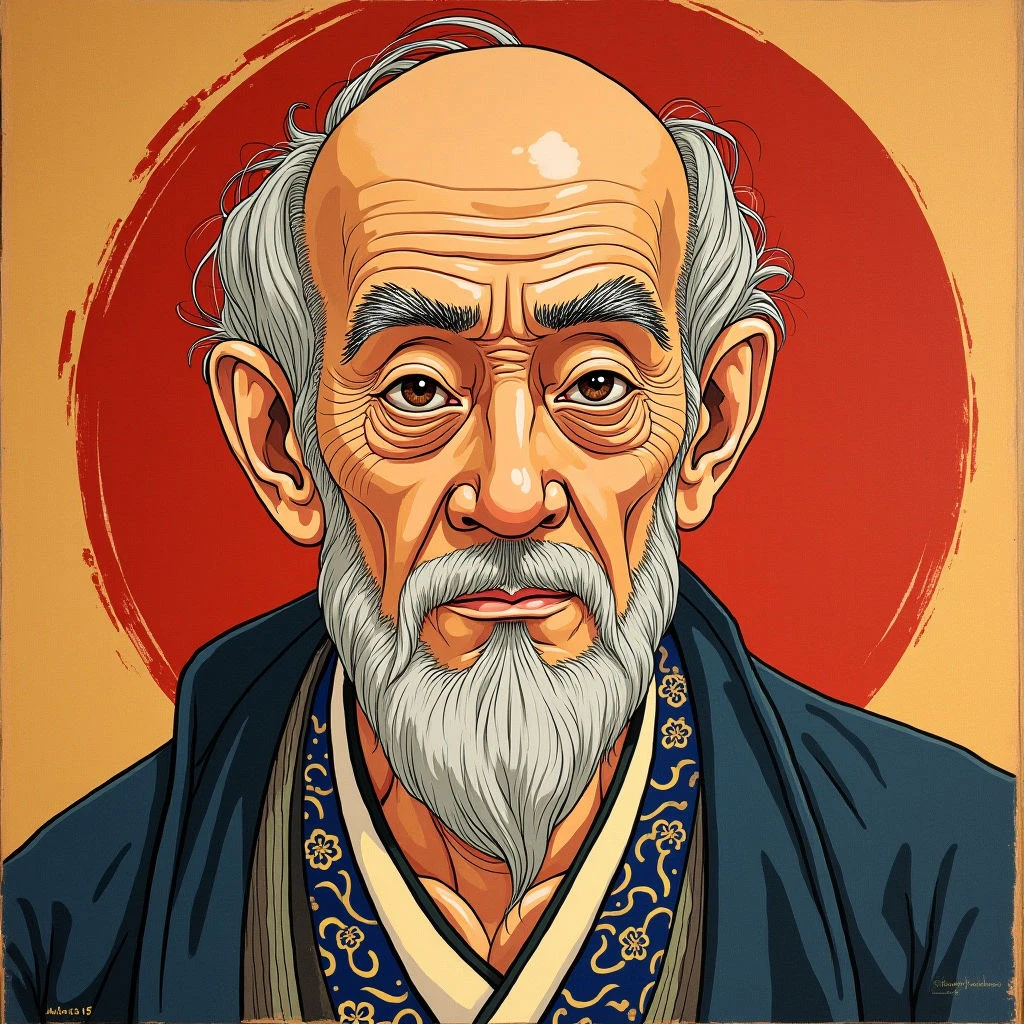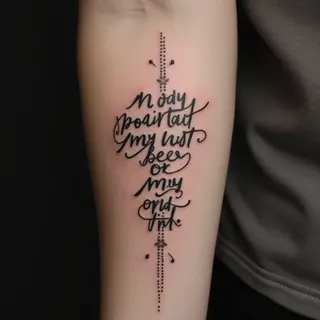Neo Traditional Tattoos: A Modern Evolution
The neo traditional tattoo style is a vibrant evolution of classic American traditional tattooing. It builds on the bold lines and limited color palettes you’d expect, but adds greater detail, nuanced shading, and a broader range of colors—resulting in a more illustrative and contemporary aesthetic.
Origins & Evolution
The neo traditional movement really took off in the late 20th century. Artists were looking to push beyond the established conventions of traditional tattooing, and started experimenting with softer gradients, realistic details, and even incorporating influences from art forms like Art Nouveau and Japanese art.
Key Characteristics
So, what sets neo traditional tattoos apart? Here’s a breakdown:
-
Detailed Line Work
While they still use bold outlines, artists add dimension and complexity with finer lines.
-
Expanded Color Palettes
Beyond the classic red, yellow, black, and green, neo traditional uses a much wider spectrum of colors for greater realism and visual impact.
-
Realistic Shading
Soft gradients and subtle shading techniques create depth and form, really bringing the designs to life.
-
Illustrative Imagery
You’ll often see roses, snakes, skulls, portraits, and animals—all rendered with a real artistic flair.
Symbolism & Meaning
Like traditional tattoos, neo traditional designs often carry symbolic weight. A rose might represent beauty and love, while a serpent can symbolize transformation or protection—it’s all about personal meaning.
Techniques
Neo traditional artists use a variety of techniques to achieve their signature look:
-
Tebori (Hand-Tapping)
This traditional Japanese method involves tapping the skin with hand tools instead of machine guns. It creates softer lines and unique textures—though it’s not exclusive to neo traditional, it's often incorporated for its artistic effect.
-
Color Packing
Building up layers of color helps achieve vibrancy and saturation.
-
Blending and Gradients
Seamlessly transitioning between colors creates depth and realism.


